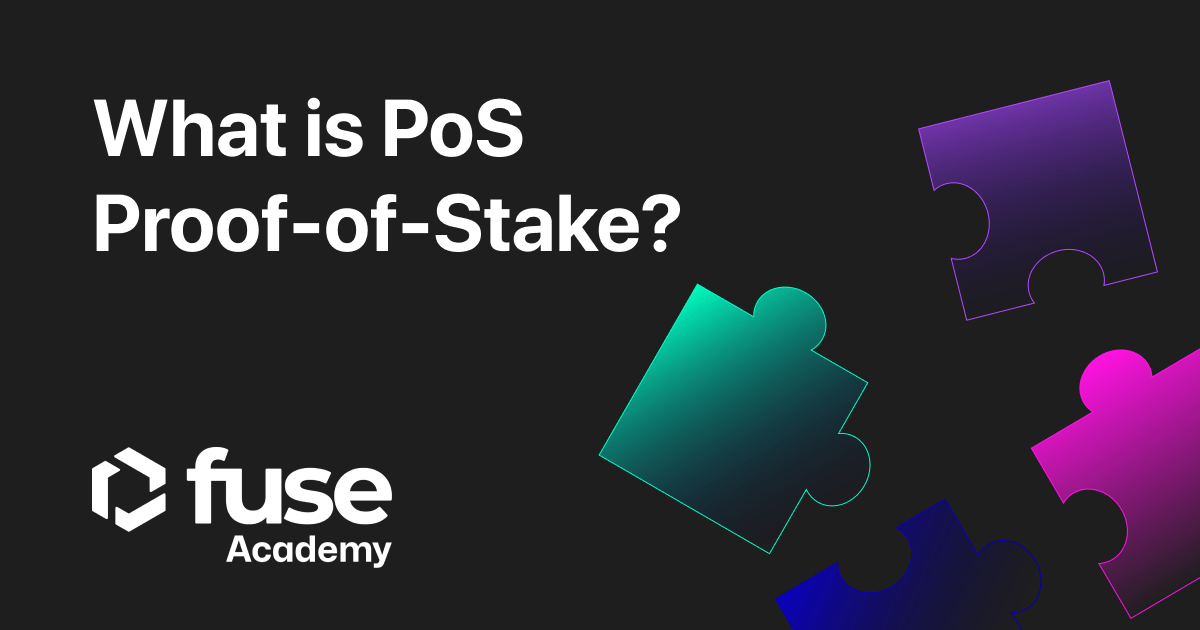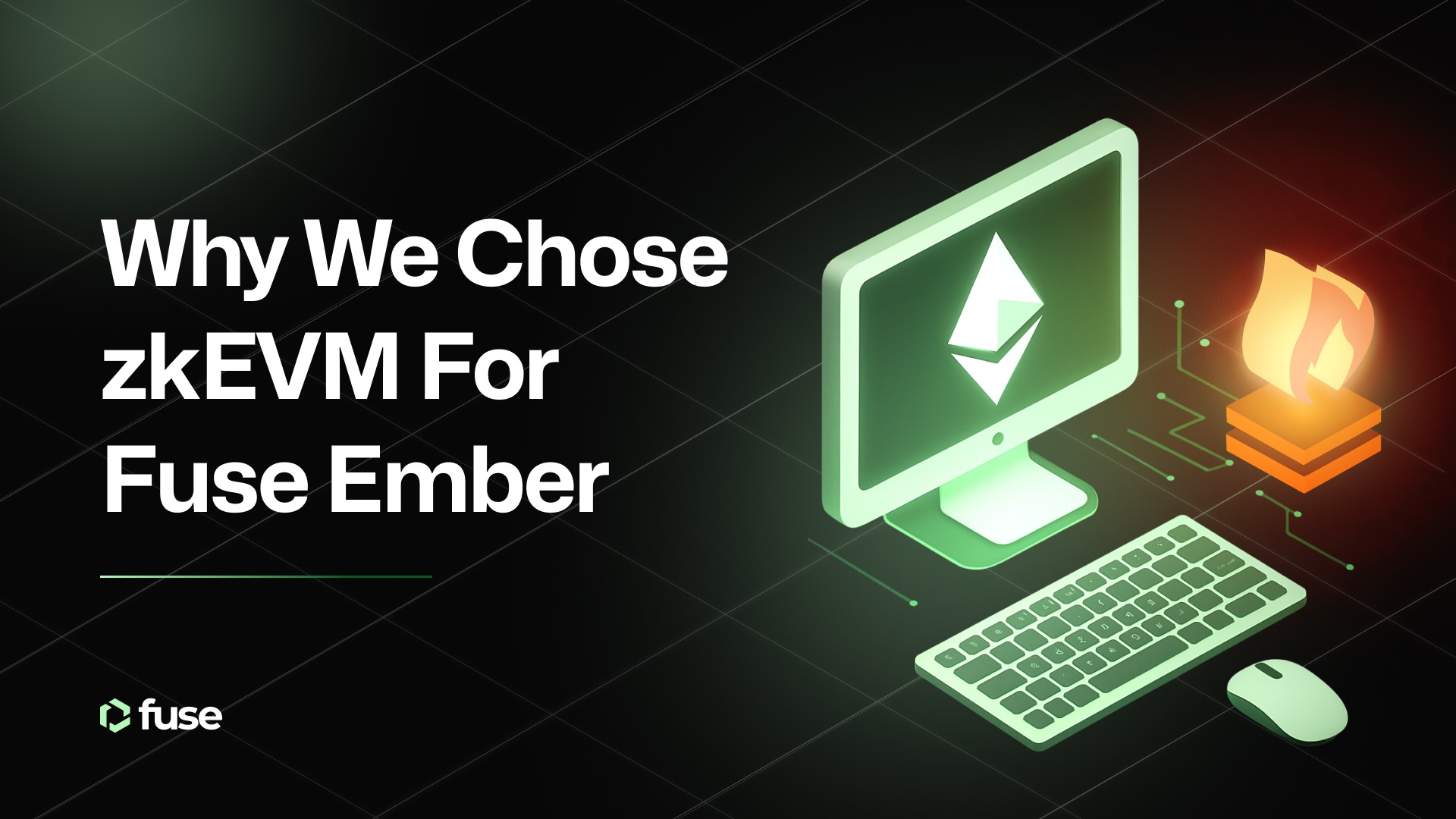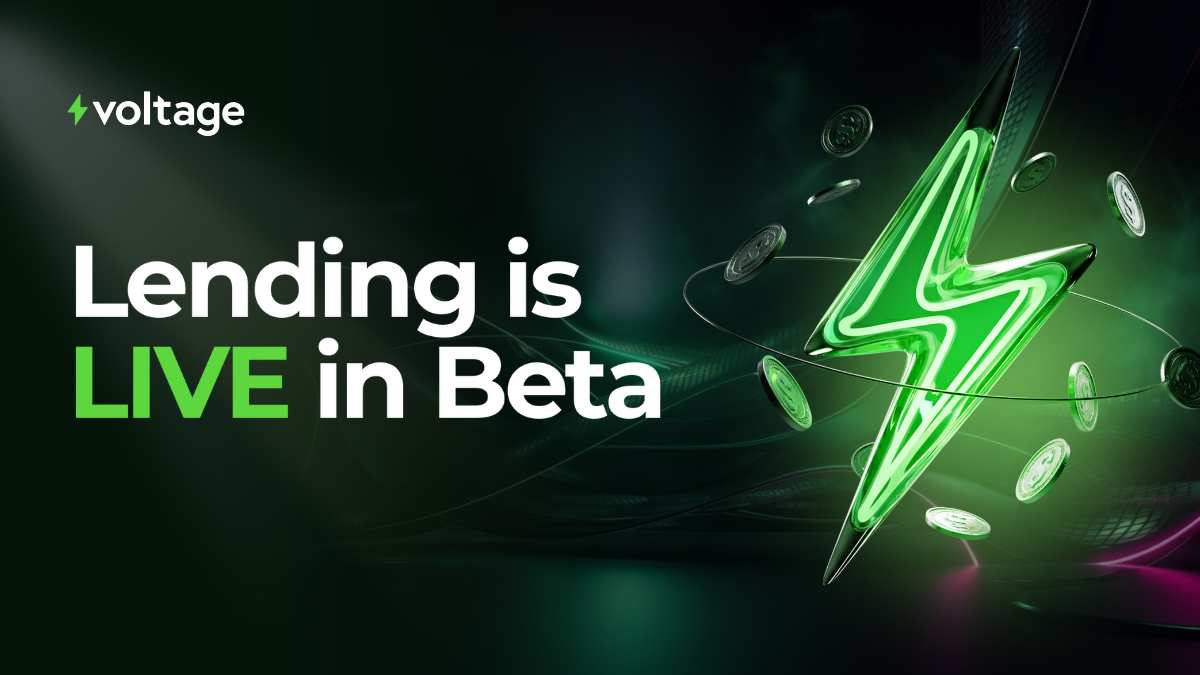The proof-of-stake (PoS) consensus mechanism requires less sophisticated machines than the Proof-of-Work consensus mechanism. Blockchains like Tezos and Cardano currently use the PoS mechanism. The PoS mechanism works by selecting validators based on the quality of the holdings of a particular cryptocurrency.
The significant difference between PoS and PoW consensus mechanisms is validators are selected randomly to mine rather than according to their computing power. To become a validator, a coin owner must stake a particular amount of coins (32 ETH for the Ethereum 2.0 network).
The blocks are validated by more than one validator to ensure that the number of blocks is correct. The block is marked as accurate and finalized if the number of validators reaches a specific number. Ethereum 2.0 will use shards for transaction submissions. A validator verifies a transaction and adds them to a shard block. Once a block reaches 128 validators, two-thirds must agree to confirm that the block is genuine.
Give me an example
We can use the US senate votes to describe how the Ethereum 2.0 PoS mechanism works. The majority of the house needs to support a motion for it to be passed. For Ethereum, the 128 validators are the senators, and the law is the block validation. If two-thirds of the validators agree that the block is correct, the block becomes validated and created.
Like the PoW consensus mechanism, the Proof-of-Stake consensus mechanism helps secure the blockchain by validating data before processing transactions. Despite having two entirely different approaches, each consensus mechanism has been proven reliable.
In PoS, investors just need to purchase a particular amount of the coin to become a validator, while in PoW, miners will need to buy heavy equipment to power machines that validate blocks.
Advantages of PoS
The advantage of PoS is that it can be used to build a scalable blockchain. It can be explained simply as the network blockchains that utilize the PoW consensus algorithm grow. Miners will need to buy more sophisticated mining machines to complete transactions.
Still, with the PoS, there is no need for miners to invest in more giant machines to complete transactions, thereby saving energy and mining costs.
The environmental impact of mining in PoW has also been an issue in the past because the energy powering many PoW mining systems is from fossil fuels. Miners do not need massive farms to mine through the PoS consensus mechanism.
However, a big concern for the Proof-of-Stake system is 51%; if a user can control 51% of a blockchain network, he can alter the network. 51% attacks are unlikely with Ethereum 2.0 because it will require massive funds to purchase 51% of the Ethereum in circulation.
Fuse Network developers have built an EVM-compatible customizable blockchain that allows blockchain developers to mobile-friendly blockchain payment systems for users with the full support of decentralized finance technology.
.svg)
.svg)











